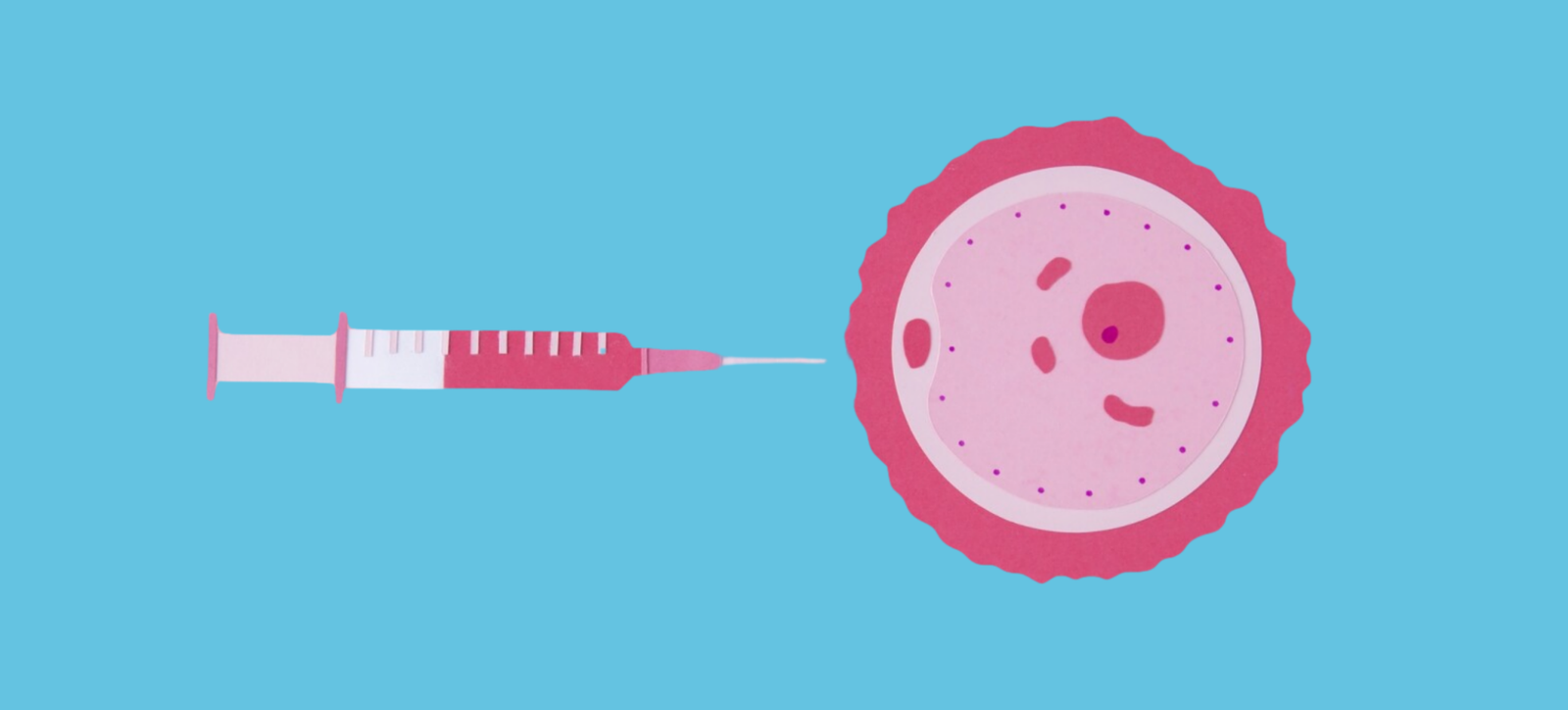Intrauterine Insemination
IVF or In-vitro Fertilization is an ART solution which is routinely used to help couples facing fertility issues


IUI or intrauterine insemination is a relatively simple procedure, in infertility treatment as compared to more complicated procedures like IVF. In IUI, the sperms are placed in the uterine cavity near to the opening of the fallopian tubes, closer to the time of ovulation so as to increase the chances of success of pregnancy. The goal of IUI is to increase the chances of pregnancy by bringing the sperm closer to the fallopian tubes, where the egg is usually fertilized.
Definition:
Intrauterine insemination is a fertility treatment procedure that involves depositing the sperm directly into a woman's uterus during her ovulation period
Steps of IUI:
1. Ovulation Induction and follicular monitoring : when
an IUI cycle is started, usually medicines or injections
are given to the female partner for formation of one or
two good follicles. The cycle is monitored by regular
ultrasound, called follicular monitoring. The cycle can
also be monitored by using ovulation predictor kits, as
well as follicular monitoring to determine the timing of
ovulation.
2. Sperm collection and preparation: The male partner
provides semen sample, which is collected through
masturbation at a particular time according to the
injection given for ovulation. The semen sample is then
processed in the laboratory to separate the motile and
healthy sperm from the debris and seminal fluid. This
process of separation of healthy motile sperms is known
as sperm washing or sperm preparation.
3. Insemination – the prepared semen sample is loaded in
a thin tube like catheter and it is inserted into the
uterine cavity of the female through the cervix or mouth
of uterus. This requires no anaesthesia and the female
lies in a lithotomy position. The loaded semen is
released into the uterine cavity.
4. Post procedure – the female is asked to lie in
the similar position for a few minutes. There is no pain
or discomfort in this procedure if done by an expert
infertility specialist specifically trained in ART
techniques. The lady can walk out of the clinic and
resume all her routine activities.
Success rate - It's important to note that success rate of IUI can differ between different ART centres and clinics and also individual cases. The success rate varies depending on certain factors
- Age of the woman
- Cause of infertility
- Semen parameters
- Proper selection of the couple
Why choose IUI?
Unexplained infertility – in unexplained infertility where we cannot identify any cause of infertility after thorough testing, IUI may be recommended as a treatment option. It provides a more controlled environment for sperm to reach the egg compared to natural conception.
Donor sperm IUI – if the male has azoospermia (absence of sperms in the semen) pregnancy can be achieved using donor sperm. The sperm is carefully selected, processed, and then inseminated into the woman's uterus during her fertile period.
Mild male factor - If semen parameters are mildly deranged like, slightly lower sperm count, reduced sperm motility, or minor abnormalities in sperm shape (morphology), IUI can be helpful by concentrating the healthy sperms and delivering them directly into the uterine cavity, thus bypassing certain hindrances which come in the path of the sperms.
Sexual dysfunction – some couples may have difficulties during intercourse due to pain, erectile dysfunction, or some other issues. So IUI provides an alternative method of depositing sperms into the vagina or uterine cavity without relying solely on intercourse for achieving pregnancy.
Ovulation problems – if the female partner is not forming an egg (anovulation) or has irregular ovulation, IUI can be combined with ovulatory medications, such as oral or injectable, to stimulate the ovaries for egg formation and increase the chances of successful ovulation, fertilization, and pregnancy.
Cervical factor - In a few females, the cervix may produce hostile mucus, which can hinder the motility of the sperms or prevent the sperms from entering the uterus. IUI bypasses the cervix, placing the sperm directly into the uterine cavity, overcoming the hostile mucus.
Is IUI for me?
To determine whether IUI is meant for you or not depends on many factors that should be assessed by a fertility specialist. It can be recommended only after thorough evaluation of your medical history, certain tests, and only after that a fertility specialist can provide personalized treatment and will be able to determine if IUI is a suitable treatment option for you or if any other intervention may be more appropriate.
More Services
How can we help you?
Contact us at the Consulting WP office nearest to you or submit a business inquiry online.
